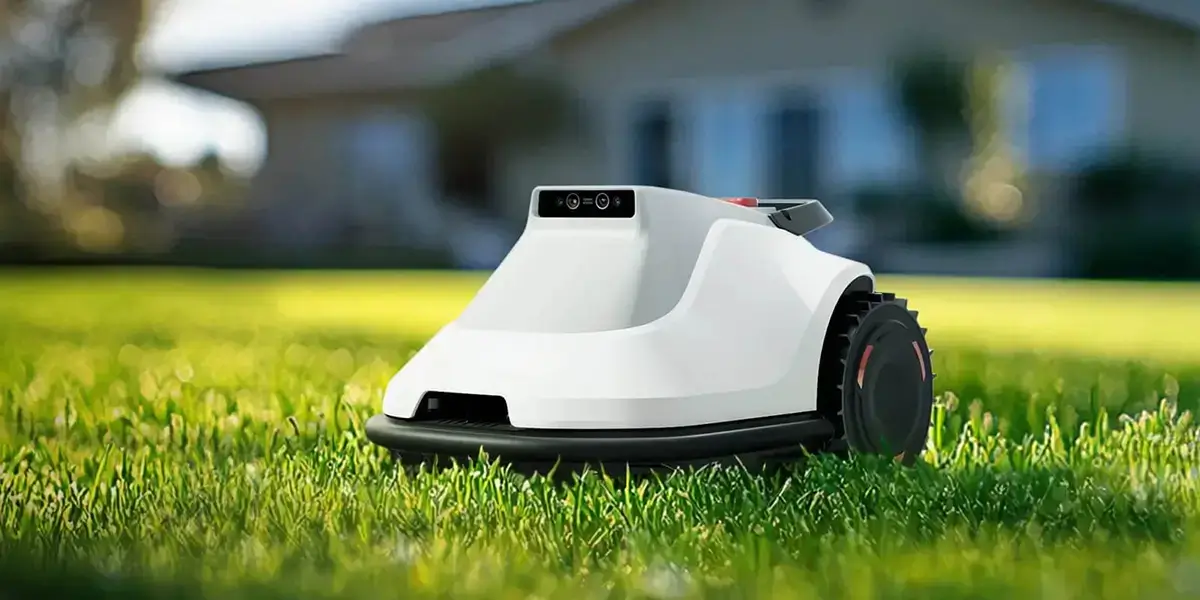Imagine this: You're building a robot or a clever device that needs to move precisely, smoothly, and reliably. How do you make that happen? That's where the connection between a servo motor and an Arduino steps in as a game changer. Plugging in a servo motor might seem straightforward—just connect wires, upload some code, and off you go. But there's a lot more to it, especially if you want that movement to be spot-on every single time.

First off, understanding how a servo works helps. Think of it as a tiny brain that receives signals from the Arduino and translates those signals into a specific movement. It’s like giving a robot a simple command: turn 90 degrees, rotate 180, or maybe just nudge a few degrees. It's this feedback loop between the servo and Arduino that makes robotics exciting. No more guesswork, no more jerky motions—just smooth, predictable responses.
Connecting a servo motor to an Arduino isn’t rocket science. Usually, it involves three wires: power, ground, and signal. Power and ground are pretty straightforward—just connect them to the 5V and GND on the Arduino board. But the signal wire? That's the magic piece, carrying your control commands. Why is it so critical? Because that's where you tell the servo how much to turn using PWM signals. It’s like speaking a language only the servo understands, and the Arduino acts as its translator.
Here's a question that pops up a lot: "Can I connect multiple servos to one Arduino?" Absolutely! But keep in mind that each servo needs enough power—often dedicated power sources—because they can draw quite a bit of current, especially when moving together. Using a power supply outside of the Arduino's 5V line often makes things run smoother.
Now, wiring is one thing, but controlling those servo motors—this is where Arduino's programming comes into play. With just a few lines of code, you can command the servo to rotate to a specific position, sweep back and forth, or respond to sensor inputs. It’s flexible enough to handle even complex movements when combined with a bit of coding savvy.
For a moment, think about practical projects—robotic arms, camera gimbals, remote-controlled vehicles. The connection between servo and Arduino is the backbone that holds these projects together. Without it, those precise movements would be impossible, or at least a lot more complicated.
And what about troubleshooting? Sometimes, the servo refuses to move, or hiccups happen during operation. Checking wiring is a good start—loose connections can cause all sorts of headaches. Ensuring your power supply can meet the current demand is key. Using dedicated power for the servos rather than relying solely on the Arduino’s onboard voltage can save a lot of headaches.
When considering a servo motor for your project, think about what size, torque, and speed you need. Bigger isn't always better; a small, high-torque servo may suit a compact robotic arm just as well.
Bottom line? The connection of a servo motor with Arduino is where electrical engineering meets creative expression. It’s a small detail that unlocks huge possibilities. Whether you're prototyping or coding a final product, getting this connection right sets the stage for success. Dive into the world of servos — the possibilities are endless, and with the right setup, you'll be surprised how far your ideas can go.
Established in 2005, Kpower has been dedicated to a professional compact motion unit manufacturer, headquartered in Dongguan, Guangdong Province, China. Leveraging innovations in modular drive technology, Kpower integrates high-performance motors, precision reducers, and multi-protocol control systems to provide efficient and customized smart drive system solutions. Kpower has delivered professional drive system solutions to over 500 enterprise clients globally with products covering various fields such as Smart Home Systems, Automatic Electronics, Robotics, Precision Agriculture, Drones, and Industrial Automation.




































